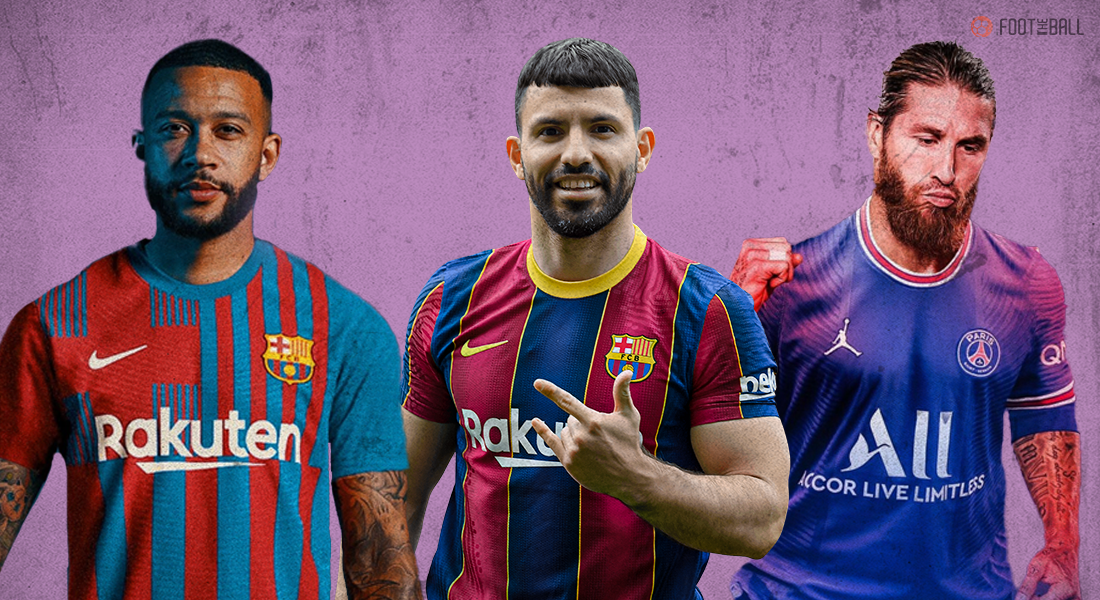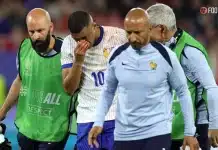Four years ago when Paris-Saint Germain met the release clause of Brazilian forward Neymar in the transfer market, football fans across the world were dumbfounded. Never had any club broken the bank to such an extent to sign a marquee player from another club.
But the summer of 2017 proved to be a seminal one, in that Les Parisiens acquired the services of the then 25-year old Neymar for an unbelievable amount of money – €222 million to be exact.
The sum splashed by Paris to sign the Brazilian forward could have been easily used to buy more than 100 houses in London’s most expensive and upscale locality Kensington, or purchase six Greek Islands, or for nobler causes, to fund the education of more than 1 million children in India.
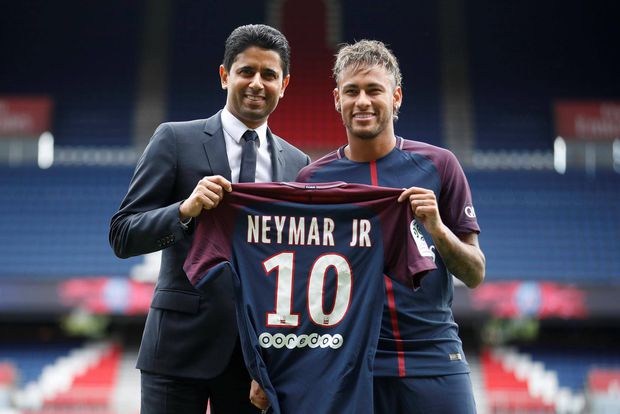
The Brazilian flew from Barcelona to Paris to complete the signing as the French giants had surely acquired a footballer of world-class calibre who has propelled them to hitherto uncharted heights.
And many football pundits and experts predicted that henceforth the transfer market would be highly inflated – featuring eye-watering release clauses for players.
But this very summer the club that had bought Neymar for a world record fee completed the signing of former Real Madrid captain Sergio Ramos on a free transfer.
As the pandemic’s effects are beginning to assert themselves on the football transfer market, FootTheBall takes a look at the creative ways that clubs will have to engineer to circumvent the problem of inadequate funds during this transfer window
COVID-19 PANDEMIC AFFECTING THE FOOTBALL TRANSFER MARKET
Back in 2017, splurging on marquee players had become the norm for all A-list clubs in Europe as Paris-Saint Germain broke the glass ceiling that had contained transfer fees of players from going haywire.
The Qatar-backed French club purchased Neymar from Barcelona for a whopping €222 million.
This prompted the Blaugrana to go on a spending spree of their own as they signed French forward Ousmane Dembele for a reported fee of €105 million with a reported €40 million in add-ons.
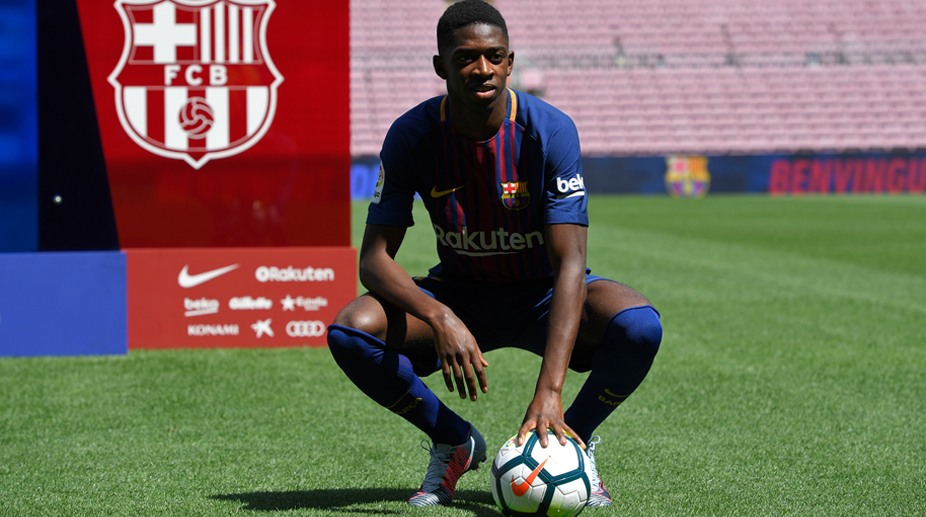
And this transfer market frenzy didn’t end there as the Catalan club signed another Brazilian – Philippe Coutinho – from Liverpool in the 2018 winter transfer window for an initial fee of €124 million that could rise to almost €167 million with various clauses being met.
But all this was during the 2017-18 season – a time when the pandemic didn’t have the entire world in its stranglehold.
Ever since the Covid-19 pandemic forced domestic leagues in Europe into temporary suspension, the transfer market has taken a massive hit.
With dwindling finances and a potential economic slowdown just around the corner, for once the highly inflated transfer market has been witnessing a trough in terms of the transfer fees being agreed upon by the concerned parties for football players
CREATIVE TRANSFER AGREEMENTS THE NEW TREND IN THE FOOTBALL TRANSFER MARKET
Clubs this summer know that the revenues have taken a downward trajectory as virtually no fan was allowed inside stadiums during the 2020-21 season.
Therefore, many clubs have come up with innovative ideas to circumvent the problem of shortage of funds while negotiating for a sought after player.
One such example is Tottenham Hotspur’s pursuit of Sevilla’s French centre-back Jules Kounde. The Lilywhites have reportedly offered Colombian centre-back Davinson Sanchez and €30 million to Sevilla to facilitate a transfer.
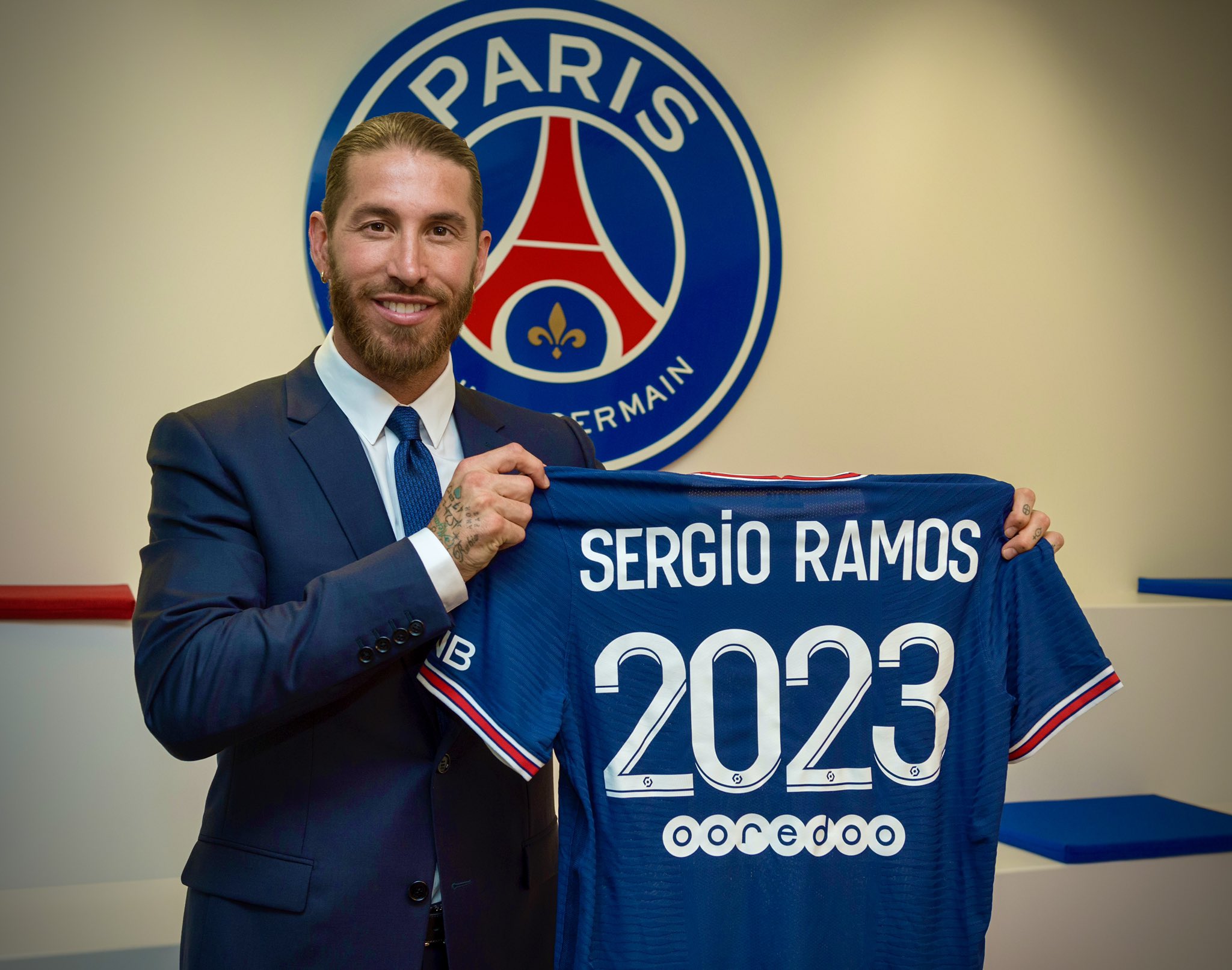
Meanwhile if one moves north from Sevilla, Catalan giants Barcelona have made a flurry of free-agent signings this summer.
These include the likes of former Atletico Madrid and Manchester City forward Sergio Aguero, Lyon forward Memphis Depay and Spanish centre-back Eric Garcia.
Paris-Saint Germain signed veteran defender Sergio Ramos after his contract with Los Blancos expired earlier this year. All these instances point towards the changing dynamic in the football transfer market in light of the Covid-19 pandemic.
INNOVATIVE OFFERS FOR A-LIST PLAYERS ON THE RISE IN FOOTBALL TRANSFER MARKET
It is no longer the trend to dish out an outrageous sum of money to acquire the services of an A-list football player, but to ingeniously engineer a move by offering the right combination of a player-plus-cash offer.
And it will not be wrong to say that as the world gradually recovers and climbs from the pit that the pandemic has pushed it into, football clubs will start assessing their options more rationally in the transfer market.
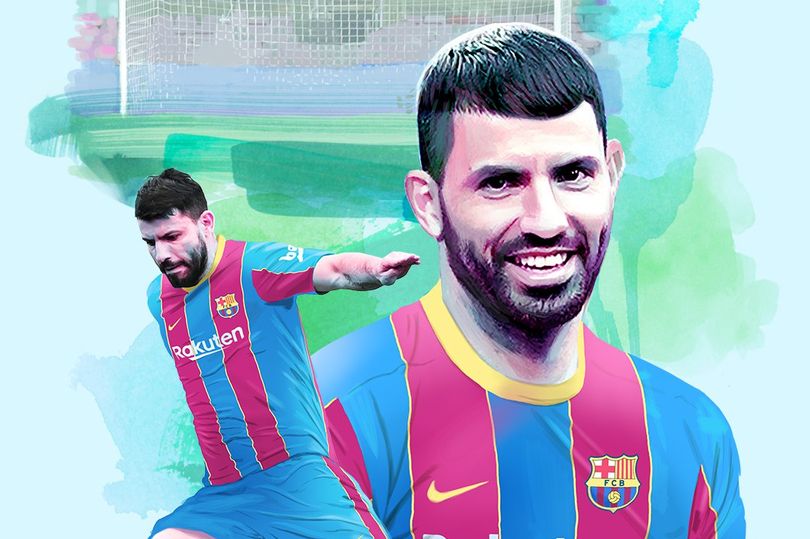
It is expected that the massively inflated transfer market situation will calm down as time progresses post the pandemic. Even though clubs will eventually recover from the financial setback, getting back to the previous eye-watering level of transfer fees is not deemed feasible.
Case in point, Spanish club FC Barcelona – the Catalan giants will have to take various measures to reduce the impact of the economic setback and financial struggle they are going through currently.
At one time Barcelona had the largest wage bill of any club in the world, and it has over the years harmed the prospects of the Blaugrana in the transfer market.
But the rapidly changing landscape of the transfer market in view of the Covid-19 pandemic might just be the thing that the Azulgrana need to venture out once again and try to sign an A-list player in the coming seasons.
A correction in the market was always expected to arrive but now that the pandemic has accelerated that process, the footballing world is more likely to witness creative deals like the one Atletico and Barcelona are close to doing, the Saul-Griezmann swap. Loan moves with obligation or option to buy will be in vogue so selling teams can free up their wage bill and the buying team saves on a big transfer fee. The changing landscape demands it be the case.

